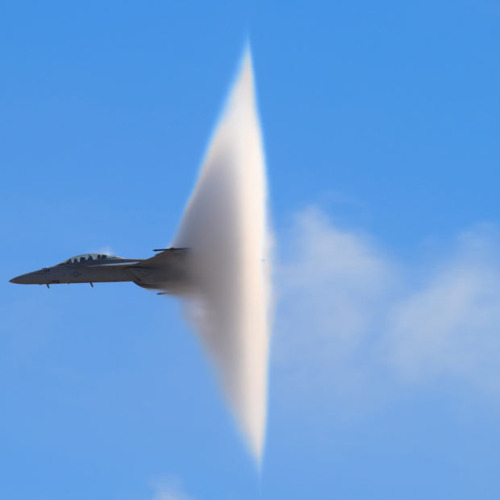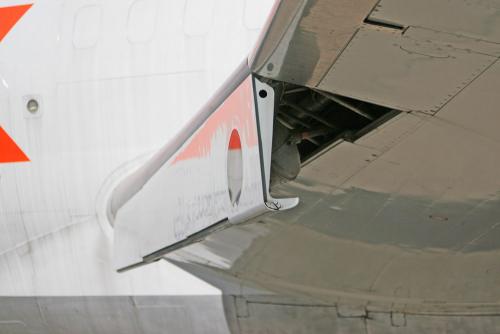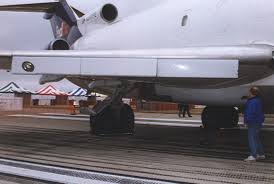Captain Russ Wittenberg (ret)
30,000+ Total Flight Time
707, 727, 737, 747, 757, 767, 777, DC-8, L-1049, Learjet 24/25, L-188
Ground Instructor, Advanced Ground Instructor, Instrument Instructor, Flight Engineer Turbojet
Aircraft Dispatcher
Pan Am, United
United States Air Force (ret)
Over 100 Combat Missions Flown
Command time in:
- N591UA (Aircraft dispatched as United 93)
- N612UA (Aircraft dispatched as United 175)
Captain Ross Aimer
United Airlines, Retired
B-777/767/757/747/737/727/720/707, DC-10/-9/-8 Type ratings
Command time in:
- N591UA (Aircraft dispatched as United 93)
- N612UA (Aircraft dispatched as United 175)
John Lear
Son of Bill Lear
(
Founder, creator of the Lear Jet Corporation)
More than 40 years of Flying
19,000+ TT
23 Type ratings
Flight experience includes 707, DC-8, 727, L10-11
Jeff Latas
-Over 20 years in the USAF
--USAF Accident investigation Board President
--Aeronautical Engineer
--Flew the F-111, T38, and F-15E
--Combat experience in the F-15E includes Desert Storm and four tours of duty in Northern and Southern Watch
--Weapons Requirements Officer, USAF HQ, Pentagon
--Standard and Evaluations Flight Examiner, Command level
-Currently Captain for JetBlue Airways
Guy S. Razer, LtCol, USAF (Ret)
3,500+ Hours Total Flight Time
F-15E/C, F-111A/D/E/F/EF, F-16, F-18, B-1, Mig-29, SU-22, T-37/38, Various Cvilian Prop
Combat Time: Operation Northern Watch
USAF Fighter Weapons School Instructor
NATO Tactical Leadership Program Instructor/Mission Coordinator
USAF Material Command Weapons Development Test Pilot
Combat Support Coordination Team 2 Airpower Coordinator, South Korea
All Service Combat Identification Evaluation Team Operations Officer
Boeing F-22 Pilot Instructor
MS Aeronautical Studies, Embry-Riddle Aeronautical University
Dwain Deets
MS Physics, MS Eng
Former Director, Aerospace Projects, NASA Dryden Flight Research Center
Served as Director, Research Engineering Division at Dryden
Recipient of the NASA Exceptional Service Award
Presidential Meritorious Rank Award in the Senior Executive Service (1988)
Selected presenter of the Wright Brothers Lectureship in Aeronautics
Associate Fellow - American Institute of Aeronautics and Astronautics (AIAA)
Included in "Who's Who in Science and Engineering" 1993 - 2000
Former Chairman of the Aerospace Control and Guidance Systems
- Committee of the Society of Automotive Engineers
Former Member, AIAA Committee on Society and Aerospace Technology
37 year NASA career
Lt. Colonel Shelton F. Lankford
United States Marine Corps (ret)
A-4 Skyhawk, KC-130 (10,000+ Hours)
S-2, T-1, F9F, F-11, OV-10, T-2J
303 Combat Missions
Captain Paul A. Trood
B737-800/400 Captain
Qantas Airways
Australia
Experience: 18,000 flight hours
Jim Mustanich
ATP 20,000+ hours
Typed in CE-500, DHC-7, EMB-110, BA-3100
Aircraft flown include Boeing 727,737, Douglas DC-9, MD-80
United Air Lines, American International Airlines, Air Pacific Airlines, West Air Airlines
6-7 years corporate flying in Cessna Citations
Factory demo pilot for Cessna Citations
Ted Muga
Naval Aviator - Retired Commander, USNR
A/C experience - Grumman E-1 and E-2 ( Approx, 3800 hours )
Pan American World Airways - Retired Dec. 1991 ( that's when PanAM went bankrupt )
Flight Engineer/First Officer -- Boeing 707 & Boeing 727 ( approx. 7500 hours )





